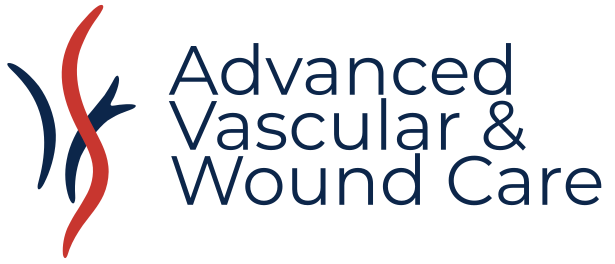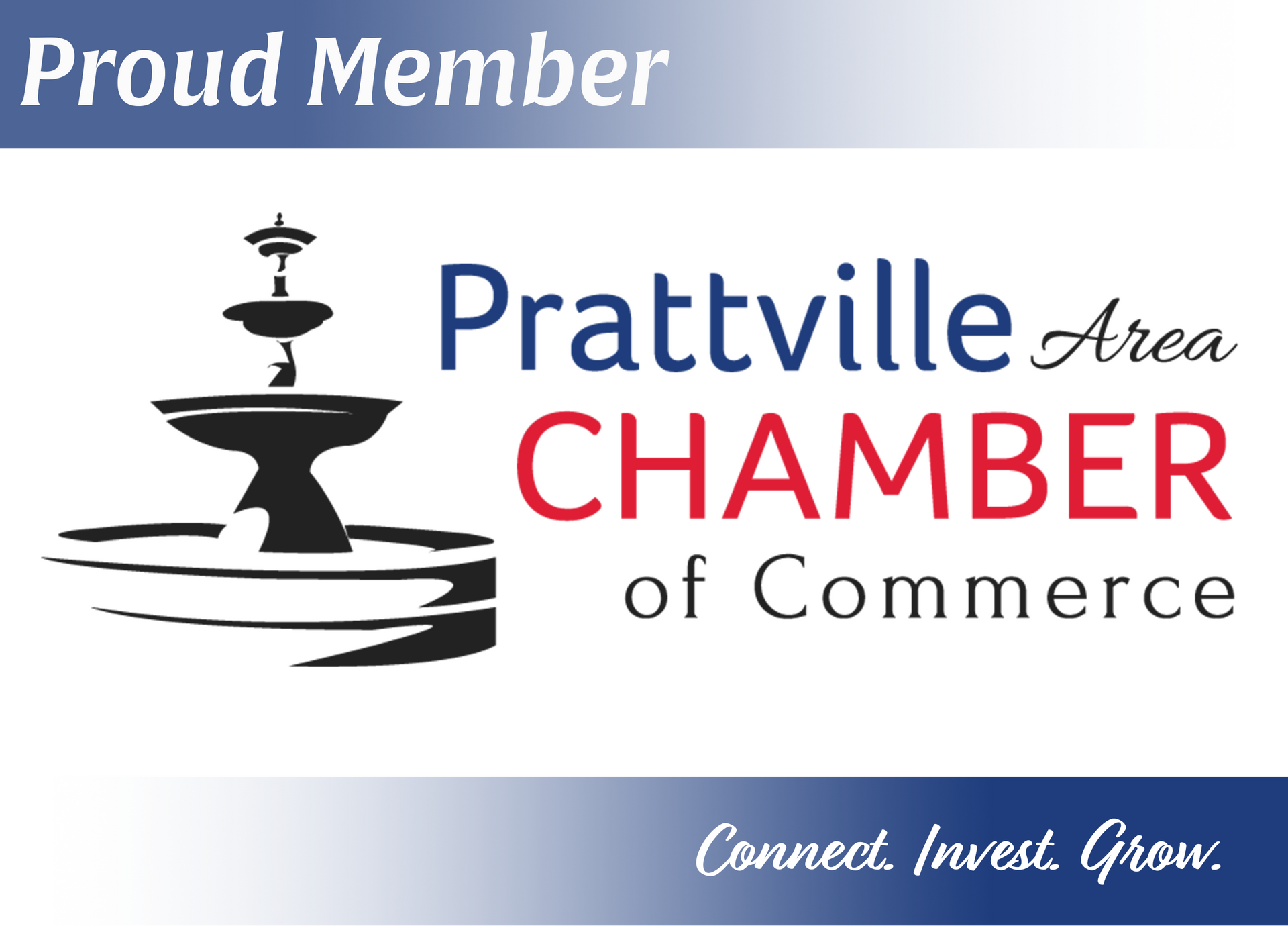Peripheral Arterial Disease (PAD) Treatment in Prattville, Alabama
Restore Your Mobility and Quality of Life
Don’t Let Leg Pain Slow You Down
Peripheral arterial disease (PAD) affects millions of Americans, causing leg pain, cramping, and reduced mobility that can significantly impact your quality of life. At Advanced Vascular and Wound Care in Prattville, Alabama, our board-certified vascular surgeons specialize in diagnosing and treating PAD using advanced minimally invasive techniques and proven surgical approaches.
Don't let leg pain limit your activities or independence. Expert PAD treatment can restore blood flow, eliminate symptoms, and help you return to the active lifestyle you deserve.
What Is PAD?
PAD restricts blood flow to your legs and feet, often causing:
- Claudication: Pain or cramping while walking that improves with rest
- Cold feet, numbness, or weakness
- Sores or wounds that won’t heal
Left untreated, PAD can progress to critical limb ischemia, requiring urgent care to avoid tissue loss or amputation.
Who’s at Risk?
PAD is more common in people who:
- Smoke
- Have diabetes, high cholesterol, or high blood pressure
- Are over age 50
- Have a history of heart disease or stroke
How We Diagnose PAD
We use advanced, non-invasive tools to assess circulation:
- Ankle-brachial index (ABI) testing
- Duplex ultrasound
- CT or MR angiography
Screening is recommended if you have risk factors or symptoms like leg pain when walking.
Symptoms and Stages
Early Stage: Leg cramping, pain, or fatigue during walking that improves with rest (claudication). Pain typically occurs in calves but may affect thighs or buttocks depending on blockage location.
Moderate Stage: Shorter walking distances before pain onset, longer rest periods needed for pain relief, and potential numbness or weakness in legs.
Severe Stage: Pain at rest (especially at night), non-healing wounds on feet or legs, coldness in lower leg or foot, and potential tissue death (gangrene) requiring amputation.
Critical limb ischemia represents the most severe form, requiring urgent intervention to prevent limb loss.
Treatment Options for PAD
Angioplasty & Stenting:
Minimally invasive options to reopen blocked arteries using small catheters and mesh stents.
Atherectomy:
Removes hardened plaque from arteries for better blood flow.
Surgical Bypass:
Creates a new route around blockages using a vein or graft—best for severe or complex disease.
Medical Management:
Medications and lifestyle changes to manage PAD and prevent progression.
Benefits of Treatment
Immediate Relief:
Most patients experience improved walking and reduced pain.
Minimally Invasive Options:
Same-day procedures with quick recovery.
Long-Term Results:
Modern techniques offer durable outcomes and help prevent limb loss.
Why Choose Advanced Vascular & Wound Care?
Dr. Justin Parden is board-certified in Vascular Surgery with extensive experience treating all stages of PAD. Our Prattville facility features advanced endovascular equipment and hybrid operating rooms, allowing for both minimally invasive and surgical treatments in one location.
We provide comprehensive care from initial diagnosis through complete recovery, including wound care services for PAD-related foot problems. Our multidisciplinary approach coordinates with podiatrists, endocrinologists, and primary care physicians for optimal outcomes.
Recovery and Prevention
Recovery Expectations
Endovascular procedures typically allow same-day discharge with return to normal activities within days. Surgical bypass requires 3-5 day hospitalization with 4-6 week recovery period. Most patients experience significant symptom improvement and increased walking distance after successful treatment.
PAD Prevention and Management
Prevention strategies include smoking cessation (most important), regular exercise within pain limits, diabetes control, blood pressure management, cholesterol reduction, and proper foot care. We provide comprehensive education and support for lifestyle modifications essential to long-term success.
Frequently Asked Questions
Schedule Your PAD Evaluation
Don't wait for symptoms to worsen. Call (334) 659-4717 to schedule your PAD consultation with Central Alabama’s trusted vascular experts at Advanced Vascular & Wound Care—helping patients in Prattville, Montgomery, and surrounding areas walk comfortably again.

